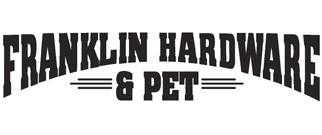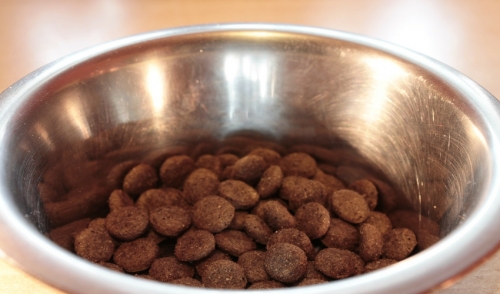Automatic pet food dispensers can be easy and convenient for feeding your pets, but they're not right for every pet's dietary needs. Understanding the pros and cons of these devices can help you decide if one can be suitable to feed your pet.
About Automatic Pet Food Containers
There are several different styles of automatic pet food dispensers and containers. Some are basic dishes over multiple feeding areas with covers that retract, lift up or otherwise release on a preprogrammed schedule to allow your pet to access the food. Others are larger tubs, jars or containers of food that will be released in specific quantities on a specific schedule into a bowl to feed the pet. A third type is a pet-operated dispenser, which pets can activate with their paw or by nosing into the bowl and more food or treats will be released.
Depending on the model of the automatic container, it may have different features such as…
- Recording the number of meals dispensed or the timing of the last meal or next meal
- Ability to be programmed for different time intervals or meal sizes
- Adjustable to accommodate different sizes of kibbles or other foods
- Voice recordings that can call your pet to a mealtime or treat
- Adjustable intervals between feeding times
Before choosing an automatic pet food container, it is important to investigate the different features to see if it will meet both your pet's needs as well as your needs to feed your pet a healthy, appropriate diet.
Pros of Automatic Food Dispensers
Automatic pet food containers have many benefits that make it easier and more convenient to feed your pet, including…
- Storing extra food in the additional reservoir or container, keeping it safe from pests as well as an uncontrolled appetite
- Allowing for predictable mealtimes even if you cannot be home to feed your pet – ideal for long work days or traveling
- Providing smaller, proportioned meals more frequently, essential for helping pets lose weight or managing health conditions such as diabetes
- Hefty size and structure helps keep food containers from tipping over so food is not wasted, even with enthusiastic eaters
- Feeding outdoor pets safely and regularly without leaving excess food available for wildlife or pests to access
Cons of Automatic Food Dispensers
Despite their benefits, however, there can be problems with automatic food dispensers. Pet owners should carefully consider these potential problems…
- Generally lacking sensors and will continue dispensing preprogrammed meals even if there is leftover, uneaten food
- No way to monitor which pet is eating which meal if multiple pets are sharing the feeding area and may usurp one another's meals
- Dispensing action can be noisy and may be disruptive to sensitive pets, keeping them from feeding even when hungry
- Generally works best only with dry food and kibbles of certain sizes, so they may not be versatile enough for every pet's diet
- Cleaning can be difficult in more complicated designs and the unit may need disassembly to thoroughly clean moving parts
- Feeder will not function if the batteries wear down or power is lost, which can mean missed meals and disrupted feeding
Buying an Automatic Container
Every pet has different dietary and feeding needs, and automatic pet food containers can be a great way to help meet those needs. Before buying an automatic feeding system, check out different container options to find the best one for your budget and your pet's needs. Consulting with your veterinarian can help you learn more about the pros and cons of pet food automatic containers, and the different ways you can manage your pet's mealtimes with ease.






Comments